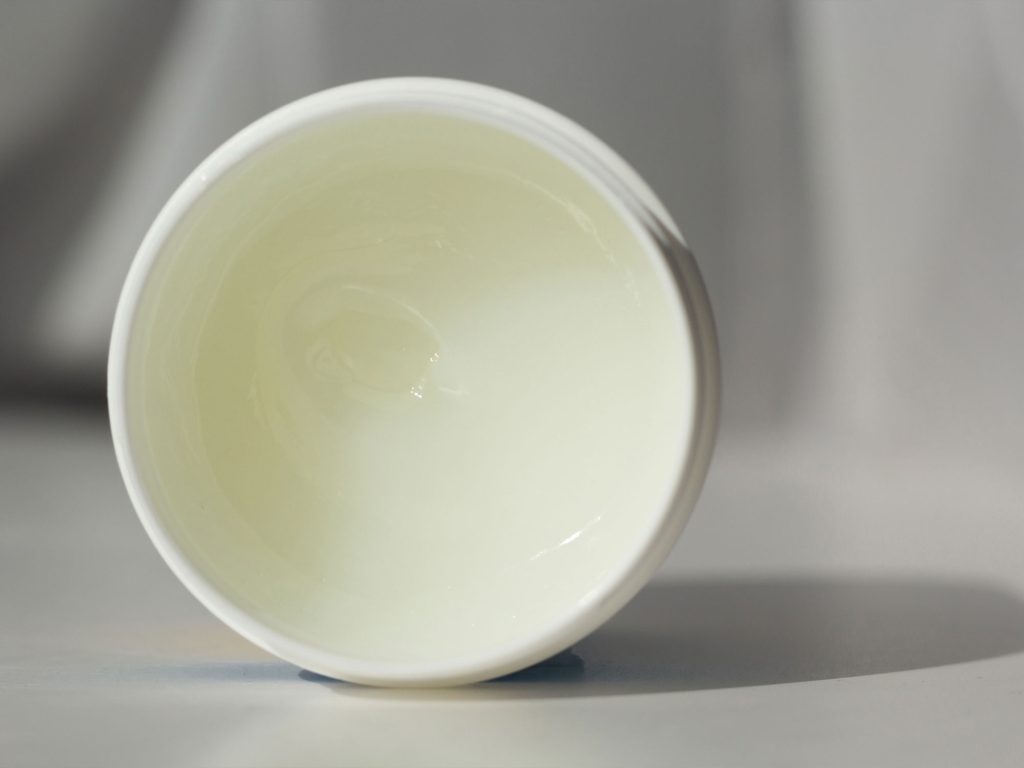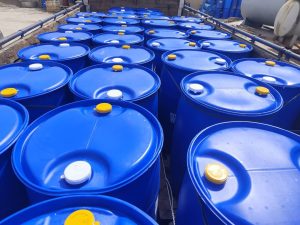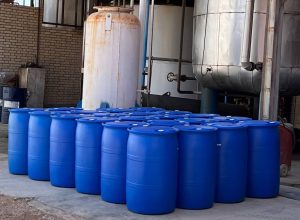
Petroleum jelly description:
Faragam Co. petroleum jellies are the homogeneous mixtures of highly purified saturated hydrocarbons, translucent paste, odorless, excellent emollient moisturizer & lubricant enhances that is resulting to accept other active ingredients in many cosmetics and lotions or as a substitute for fats in ointments and cosmetics. Faragam is ability to offer products meeting customers’ precise and exacting specifications. Super Quality Petroleum Jelly are manufactured according To BP & USP standards by using the highest purity raw material (99.9% Purity) with modern Manufacturing technology to provide superior products as various pharmaceutical & cosmetic applications for creams, moisturizing ointment, lotion & …is in orde.
Petroleum jelly uses:
Relieve dry skin, including your lips and eyelids. Dry skin can flake, itch, crack and even bleed. Since ointments are more effective and less irritating than lotions, consider applying petroleum jelly to dry skin, including your lips and eyelids. The skin on your eyelids is the thinnest skin on the body and can get irritated easily. If your eyelids get dry and flaky, apply a small amount of petroleum jelly for moisture and protection. For the best results, always apply petroleum jelly when your skin is damp.
Help injured skin heal. For minor wounds such as cuts, scrapes, and scratches, use petroleum jelly to keep the wound moist. This helps prevent the wound from drying out and forming a scab, as scabs take longer to heal. This will also help prevent a scar from getting too large, deep or itchy. As long as the wound is cleaned daily, it is not necessary to use anti-bacterial ointments.
Prevent chafing. Chafing is a painful skin irritation that occurs when body parts rub together or rub against clothing. To prevent chafing that can lead to blisters, apply petroleum jelly to problem areas, such as the feet or thighs.
Rehydrate nails. If you frequently get manicures and pedicures, apply petroleum jelly to your nails and cuticles in between polishes. This will minimize brittleness and help prevent your nails from chipping. For the best results, apply it when your nails are damp.
Petroleum jelly secondary ingredients and environmental considerations:
Petroleum jelly is derived from a combination of secondary materials resulting from crude oil refining. The production process involves the purification of natural petrolatum through various methods. These methods include:
Sulfuric Acid Treatment: Followed by neutralization with sodium hydroxide.
Filtration: Utilizing white earth, animal charcoal, silica gel, or aluminum silicate to remove impurities.Selective Solvent Extraction: Separating undesirable components using specific solvents.Catalytic Hydrogenation: Reaction with hydrogen in the presence of a catalyst to improve product quality and stability.
Petroleum jelly packing:
Petroleum jelly products will most commonly be delivered in 175/50 KG new plastic/steel drums or flexi containers. However, based on customer inquiry, petroleum jelly will also be offered by desired packing.
Plastic Drum:A plastic drum is a cylindrical-shaped container made of high-density polyethylene (HDPE), an extremely strong polymer.Open-head plastic drums are more suitable for petroleum jelly packing due to the easy extraction of the product.
Steel Drum: A Steel drum is another type of petroleum jelly packing, which can be made of carbon steel and stainless steel.They are usually coated from the inside with an epoxy polymer. Epoxy coating prevents damage to steel drums from oily products like petroleum jelly for a long time.Steel drums are more recommended for highly sensitive types of petroleum jelly like Pharmaceutical.



